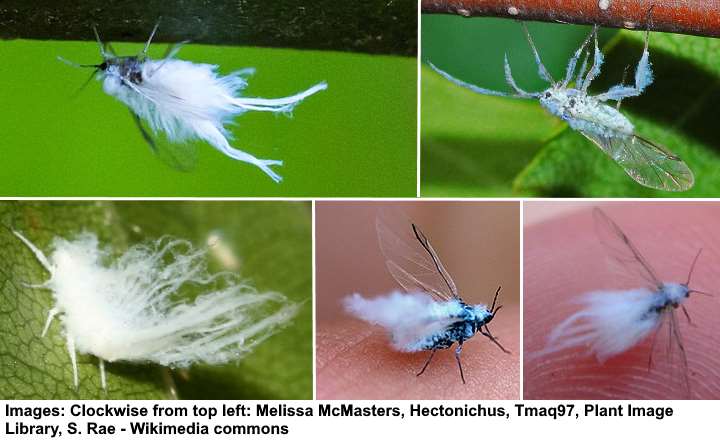

The Chumash apparently boiled buckwheat leaves for a medicinal tea and baths to treat rheumatism, irregular menstruation, and stomach trouble. They made a tea from the leaves to drink for the blood, and they sometimes wrapped the rims of twined baskets with walnut bark.Ĭalifornia Buckwheat - Eriogonum fasciculatum - Spanish: poléo The Chumash split the nuts in half to make dice for pɨ, a gambling game. Honeysuckle was made into poultices, medicinal tea for colds, and a wash for sores and wounds.Ĭalifornia Black Walnut - Juglans californica - Spanish: nogalīlack walnuts are hard to open but good to eat. Resembling wild honeysuckle in growth habit, bush penstemon shared its Chumash and Spanish names. Harvesting with digging sticks loosened the soil, leaving behind small offsets that grew into new plants for the next year.īush Penstemon - Keckiella cordifolia - Spanish: moronel Roasted in pit ovens or in hot ashes, the small, starchy underground corms provided an important food for the Chumash. This Barbareño name means “frog’s loincloth,” a fanciful reference to the small, narrow leaves.īrodiaea, or Blue Dicks - Dichelostemma capitatum - Spanish: cacomite The Chumash had vivid descriptive names for many plants they did not use. They twined the bark into skirts and bathed bruises in cottonwood bark tea.īlue-Eyed Grass - Sisyrinchium bellum - Spanish: huitota The Chumash framed houses with cottonwood poles and made containers from the wood. The Chumash ate the small, seedy fruits of several species of currants and a few kinds of gooseberries.īlack Cottonwood - Populus trichocharpa - Spanish: álamo The best roots are produced by frequent digging in managed beds.īitter Gooseberry - Ribes amarum - Spanish: barburiīotanists today group smooth-skinned currants and spiny gooseberries together, but in Chumash languages they have different names. Underground runners or rhizomes of sedge provided important basketry material used by the Northern Chumash. This garden is a great starting point for beginners we hope it inspires you to begin a lifelong journey of deepening understanding of local cultures and plants. We encourage anyone who wishes to use these plants to grow their own, rather than harvesting material from the wild. Overharvesting of wild plants harms ecosystems and Indigenous cultures. Use of the wrong plant or even the right plant in the wrong way could result in undesired effects, including death. Although the garden serves as a harvesting site for contemporary Chumash people, it is not intended as a guide to collecting or using wild plants, nor is it intended as a source of medical advice. These relationships build cultural connections, resilient and sustainable ecosystems, regional food security, and tribal food sovereignty. The information preserved by these elders informs the relationships between Chumash people and these plants in the present day. The Chumash names and other cultural information provided in the garden come primarily from the testimony of Chumash Elders Luisa Ygnacio, Lucrecia García, Mary Yee, Juan Justo, María Solares, Rosario Cooper, Fernando Librado Kitsepawit, Simplicio Pico, and Candelaria Valenzuela, as recorded in the field notes of John P.

This garden is an educational resource for all guests interested in gaining a fuller understanding of traditional Chumash culture and its deep relationship with this land. Each plant had its own name in the several Chumash languages spoken in different parts of our region, including Barbareño, Ineseño (Sʰamala), Ventureño, Cruzeño (Island), Purismeño, Obispeño, and Cuyama. They knew that many plants were poisonous and must be used carefully. The Chumash ancestors knew each plant well-its appearance, location, season, properties, and uses. Sukinanik'oy Garden was made possible by the Garden Club of Santa Barbara and gifts in memory of Dawn Hattenbach. In this garden beside Mission Creek, you can see many of the plants important in Chumash culture, both past and present. More than 150 species of wild native plants provide food, medicine, clothing, shelter, basketry, and tools for the Chumash people. Sukinanik'oy, in the Barbareño Chumash language, means "bringing back to life." This garden was established by the Museum working with Chumash people to preserve traditional plant knowledge.


 0 kommentar(er)
0 kommentar(er)
